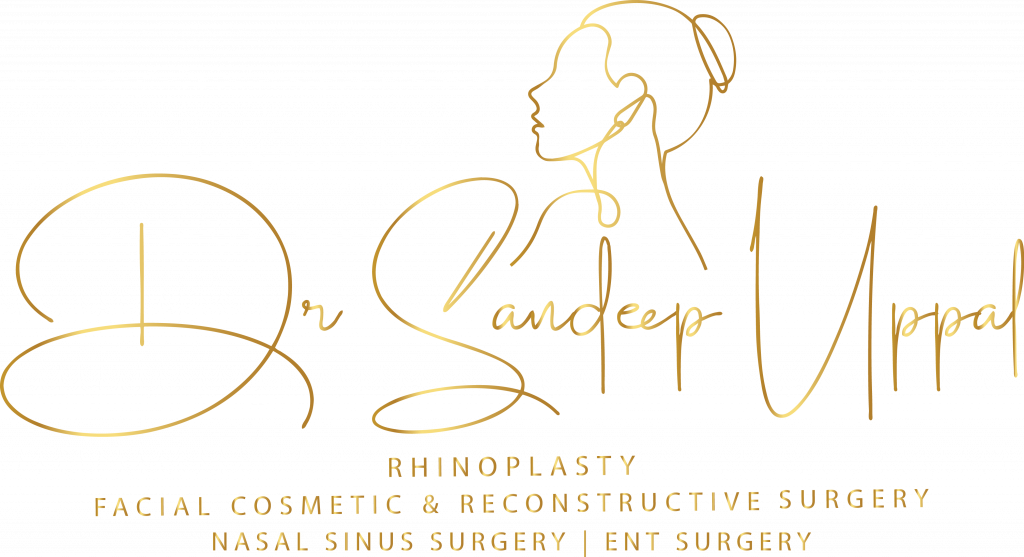WHAT IS A DEEP PLANE FACELIFT?
As we age, our cheeks and jowls can sag and create a more bottom-heavy look to the face. By lifting these areas, Dr Sandeep can restore volume to the face in the right places and create a more triangular shape.
It is Dr Sandeep’s opinion that the best method for lifting cheeks is a deep plane facelift, which we refer to as an “underwire bra for cheek fat.”
Deep plane facelift is a type of traditional Sub SMAS facelift that involves a deeper dissection of the facial tissues than a standard facelift. During a deep plane facelift, Dr Sandeep works on a deeper layer of tissue beneath the skin including the Superficial Musculoaponeurotic System (SMAS), called the “deep plane,” which allows for more comprehensive lifting and repositioning of the facial structures.
PEANUT BUTTER AND JELLY (PB&J) SANDWICH ANALOGY
Creating an analogy of a peanut butter and jelly (PB&J) sandwich for a deep plane facelift can help in understanding the complexity and layers involved in the surgical procedure. Here’s how one might compare the two:
INGREDIENTS AND LAYERS
BREAD (TOP SLICE)
This represents the topmost layer of the skin. In a facelift, this is the layer that is initially cut and lifted to gain access to the deeper structures. Just like the top slice of bread is lifted to add or spread the ingredients, the skin is lifted to work on the deeper layers of the face.
PEANUT BUTTER
Think of the peanut butter as the superficial musculoaponeurotic system (SMAS), which is a layer of tissue that covers the deeper structures of the face and neck. In a traditional facelift, the SMAS is tightened to create a more youthful look. However, in a deep plane facelift, the surgeon works below this layer.
JELLY
The jelly can be likened to the deeper sub-SMAS structures, including the facial muscles and deeper fat compartments. The deep plane facelift targets these areas, going under the “peanut butter layer” to reposition these structures and improve facial contouring. The jelly’s movement when you spread it can be similar to how these deeper structures are adjusted during the surgery.
BREAD (BOTTOM SLICE)
This represents the deeper structures of the face, such as the bones and deep facial musculature. In the PB&J sandwich, this slice supports everything else; in the face, the bones provide the foundation upon which the muscles and other tissues rest.
PROCESS OF ASSEMBLY VS. SURGERY
PREPARATION
Just like gathering your ingredients for the sandwich, a deep plane facelift requires careful planning and understanding of the facial anatomy.
SPREADING THE PEANUT BUTTER AND JELLY
In a PB&J, you must spread the ingredients evenly to cover the bread properly. In a facelift, the surgeon must similarly work with precision to manipulate the tissues evenly and smoothly for a natural look.
REASSEMBLING THE SANDWICH
Once the peanut butter and jelly are spread, you carefully put the top slice back on. Similarly, after repositioning the deeper tissues in a facelift, the skin is re-draped over the face, and any excess is trimmed to create a smooth, natural appearance without over-tightening or causing distortion.
OUTCOME
A TASTY SANDWICH VS. REJUVENATED APPEARANCE
The goal with your PB&J is a delicious, well-balanced sandwich. With the deep plane facelift, the goal is a youthful, natural, and long-lasting rejuvenation that maintains the balance and harmony of facial features.
In both scenarios, the way ingredients or tissues are manipulated affects the final result. The deep plane facelift, like the careful layering and blending of peanut butter and jelly, requires meticulous technique to ensure that the final outcome is both aesthetically pleasing and structurally sound.
DURABLE AND NATURAL LOOKING RESULTS
Dr Sandeep believes that the strongest, most natural-looking, and durable lift can be achieved by lifting and tightening the skin on the neck to create a more defined chin neckline angle. To eliminate jowls and highlight the jawline, he also lifts them to make them less visible.
Additionally, he lifts the cheeks to create a more youthful, top-heavy appearance. Deep plane facelift technique can be particularly effective for addressing advanced signs of aging in the midface and lower face, including jowls and marionette lines.
INCISIONS
The deep plane facelift involves slightly longer incisions than a standard facelift, which may run from the temple area down to the neck. However, the incisions are typically placed in areas that can be easily hidden within the natural folds and contours of the face.
RECOVERY
Recovery from a deep plane facelift can take longer than a standard facelift, with swelling and bruising lasting several weeks.
RISKS
As with any surgical procedure, there are risks associated with a deep plane facelift, including bleeding, infection, and nerve damage. Our team will provide you with detailed pre-operative and post-operative instructions that you must follow diligently to minimize the risk of complications.


